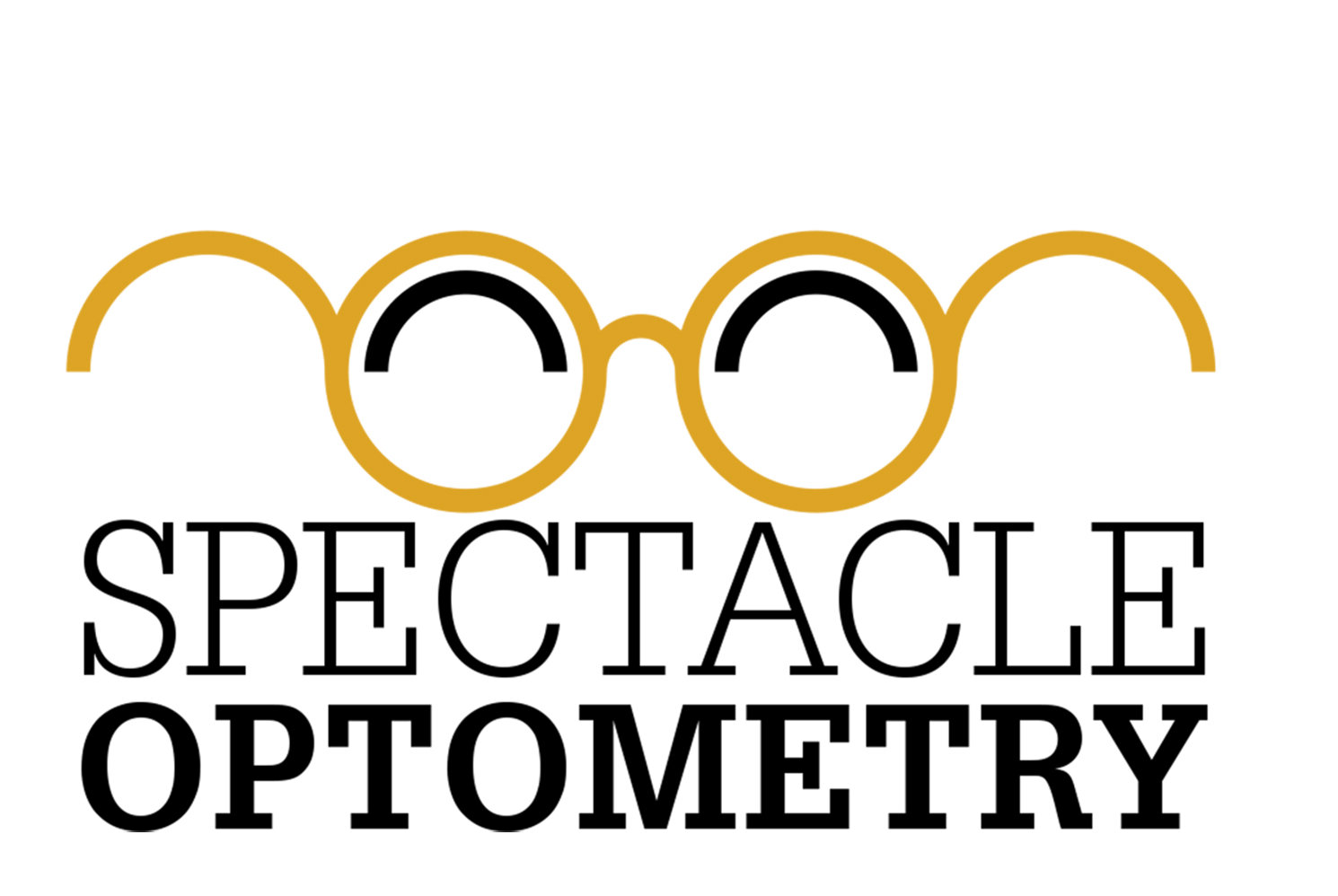RELIEF FROM SCREENS
With practically the whole world under stay-at-home orders, our “new normal” has involved a lot more screen time. Teachers who were primarily face-to-face with kids are now screen-to-screen and running between Zoom meetings. Children are forced to have virtual classrooms. As a way to stay connected, everyone is FaceTiming to have virtual happy hours and game nights. We can’t get away from all the screen action even if we tried! By now, everyone is starting to really feel the effects of overexposure to technology in more ways than one. When it comes to tired eyes, dry and red eyes, end of day fatigue, headaches and neck pain, we’re here to help! But first, let’s talk a little about why we feel these things…
What Is Blue Light?
The majority of these symptoms come from blue light, but what exactly does that mean? Sunlight is made of red, orange, yellow, green, blue, indigo, and violet light. Combining all these colors is how we see white light from the sun. Each of these colors have different wavelengths of light, and thus, different amounts of energy. Blue light has the shortest energy and highest amount of concentrated energy. Although the sun has the largest amount of blue light, it is soooo far away from us, that damage from sun exposure is rare. Computers and phones as well as fluorescent and LED lightbulbs, however, emit less blue light but are MUCH closer in contact with our eyes and for a much longer period of time, which is why we are so concerned about it. Even more frightening is that children’s eyes are more likely to absorb blue light at a higher rate than adults exposed to the same amount of screens.
Is All Blue Light Bad?
No! Actually, blue light helps to keep us alert and can even improve memory and mood. Deficiency in blue light can actually negatively affect the development of eyes and vision. Blue light from daylight keeps our circadian rhythms in place so that our natural wake and sleep cycles are accurate. However, when we look at screens late at night, it can throw this natural rhythm all out of whack! It’s a fine balance of good amounts of blue light, but not too much at the same time.
What Can I Do To Limit My Blue Light Exposure?
I’m glad you asked! There are so many things we can do to limit the overexposure of blue light and help our eyes, neck and head to feel better too.
Eye Breaks: Probably the easiest and certainly the cheapest option to help is to take eye breaks. Our eyes need a break from all the over stimulation of screens, so we recommend the 20-20-20 Rule. Every 20 minutes, look 20 feet away, and take 20 slow and complete blinks. In these times of excessive screen time, we’d also like to add another 20 in there to take a 20 minute break sometime each day to do something totally unrelated to electronics. Maybe take a walk outside, take a 20 minute power nap, do some stretches to help reduce your neck and shoulder tension, or meditate for 20 minutes. Something to help those eyes feel fully refreshed!
Eye Drops: Our eyes blink 66% LESS often when we are on electronics than normal in-person interactions. Because of this, our eyes are feeling extremely dry and can look red at the end of the day. We recommend using tear drops about four times throughout the day for comfort. Our favorites are Blink, Systane, Refresh, and Thera Tears.
Blue Blocker Coating: We recommend an Anti-Glare with Blue Blocker coating to almost all our patients who wear glasses on computers, tablets and phones for work. It will reduce the glare from the screens and relax your eyes a bit throughout the day causing a reduction in all those annoying symptoms. Keep in mind this coating may have a slight hue to the lens of your glasses when it is activated and working to help reduce blue light to your eyes.
Blue Light Screen Protector: We do have some patients in professions like graphic design where accurate coloring is extremely important. For these patients, we recommend a screen protector that can be adhered to your computer screen. Our favorite is by Ocushield because not only was it made by optometrists, but it gives off an image of optical clarity that does not alter the colors seen on the screen without this filter. It can be ordered to fit any screen for computer, laptops, and even iphones!
We hope you are able to implement some of these techniques to help reduce your eyestrain, tired and dry eyes, and neck pain during this time of heightened technology usage. We would love to help you with an eye exam to see just what your particular eyes would benefit most from when we’re able to see routine eye exams again soon!






